Clouds hampered our viewing of the Geminid meteor shower peak last night. However, we managed to capture a few images before viewing was obscured.
Geminid Meteor Shower
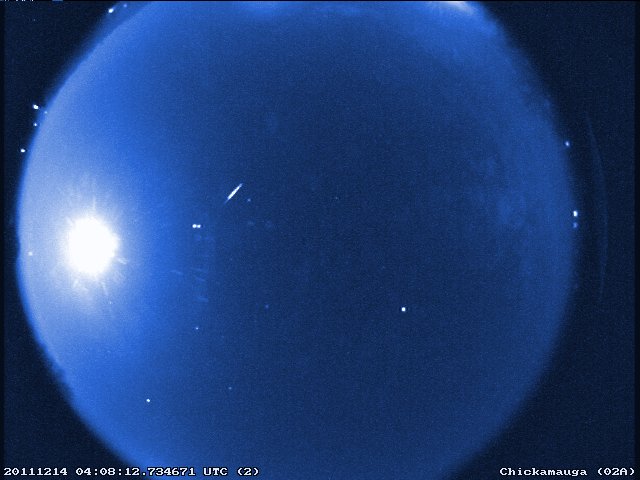

Clouds hampered our viewing of the Geminid meteor shower peak last night. However, we managed to capture a few images before viewing was obscured.
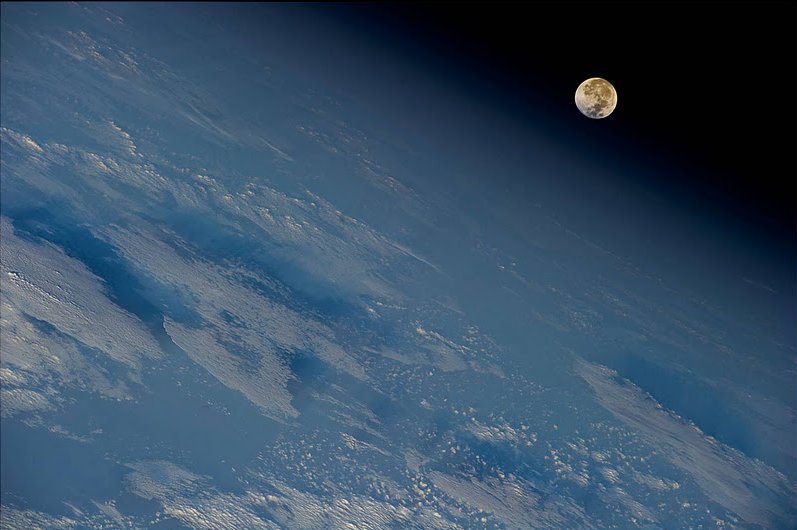
The next full moon is known as the Cold Moon, the Long Night Moon, or the Moon Before Yule. The moon will be “opposite” the sun at 9:38 a.m. EST on Saturday, Dec. 10. The moon will appear full for about three days around this time, from the evening of Thursday, Dec. 8 through the …
On the night of Nov. 17, 2011, NASA cameras captured two super-fast views of Leonid meteors. The first video below shows a Leonid from a NASA camera operated in Tullahoma, Tenn. Moving 73 times faster than a bullet fired from an M-16 rifle, the three-quarter inch meteor first started to burn up 71 miles above …
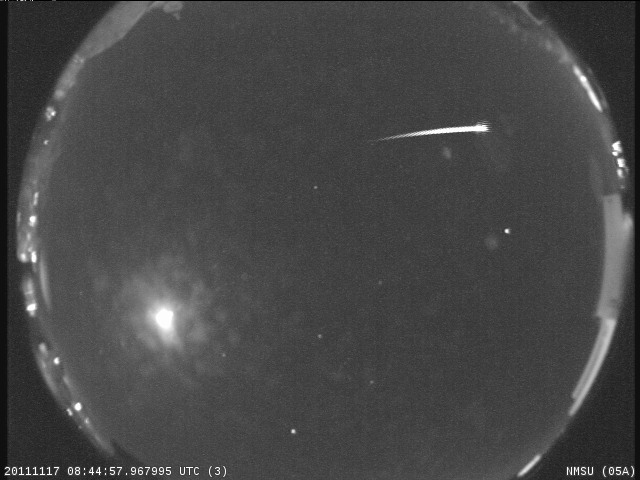
<DIV The moon is going to be major interference, but we could see a rate about 20 per hour,? said Bill Cooke, Lead of the Meteoroid Environments Office at NASA?s Marshall Space Flight Center in Huntsville, Ala.The annual Leonid meteor shower is expected to reach peak activity tonight, November 17, at about 10:40 p.m. EST. […]
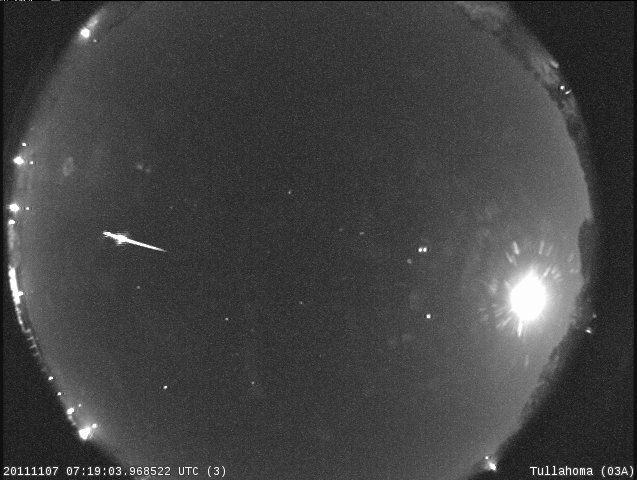
The Orionid meteor shower is over, as Earth has finally left the wide stream of debris produced by Comet Halley. However, we are now encountering particles produced by Comet Encke, the second comet to be assigned a name (Halley was the first). This debris wake is much larger, lasting many weeks, causing the Taurid complex …
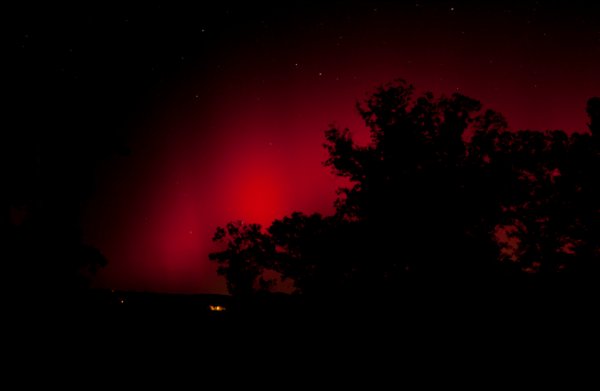
The colors of emitted light within an aurora depend on the initial energy of the charged particles (mostly electrons) cascading into Earth’s atmosphere. Electrons with higher initial energies are able to penetrate deeper into the atmosphere, whereas those with lower initial energies lose all their energy at higher altitudes. The blue aurora emitted from low-altitude …
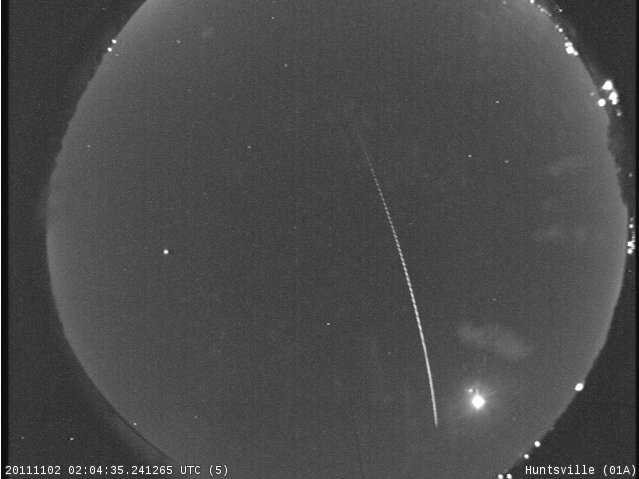
MSFC’s all sky meteor camera recorded this bright meteor last night (November 1st) at 9:04 pm CDT. Blazing across the sky at 40 miles per second (144,000 mph), the 1 inch visitor from space took only 3.3 seconds to go 132 miles, starting at a point just northeast of Athens, Alabama and burning up west …
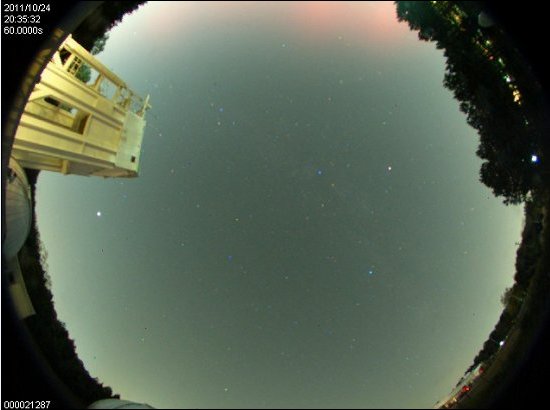
On Oct. 24, 2011, the Northern Lights glowed over North Alabama, visible even though the skies were bright from city lights. Aurora Borealis, or Northern Lights, are unusual so far south — the colorful, 20-minute display was a rare sighting caused by a recent solar storm. This video was captured by the color allsky camera at …
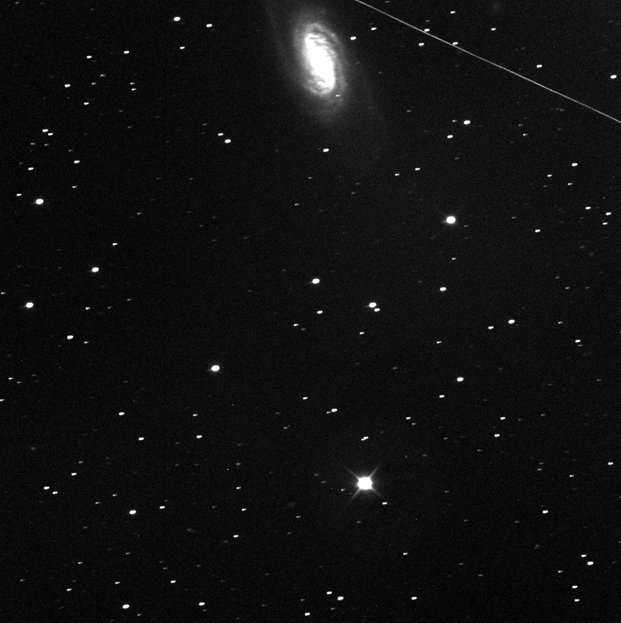
A meteor and the barred spiral galaxy NGC-2903 grace the top of this October 14 image of an area of space near the head of the constellation Leo. The meteor and the galaxy were purely coincidental, as it is what is not visible in the image that is important. Two telescopes operated by astronomers at …
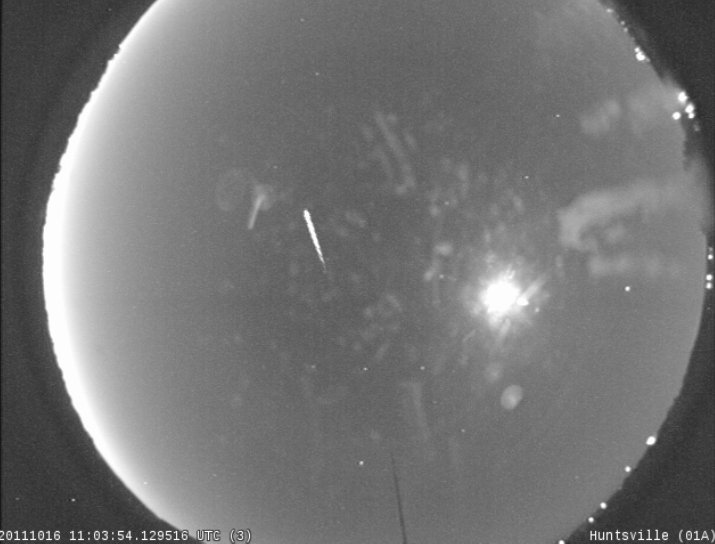
On the night of Oct. 15-16, NASA’s All-sky camera network saw meteors from five different meteor showers! October is known to be a busy month in the world of meteor showers, but even five is an unusually high number. The last meteor seen in the early morning skies over Huntsville, Ala., on the night of …